Hamid Mahini
University of Tehran
Real-time Travel Time Estimation Using Matrix Factorization
Dec 01, 2019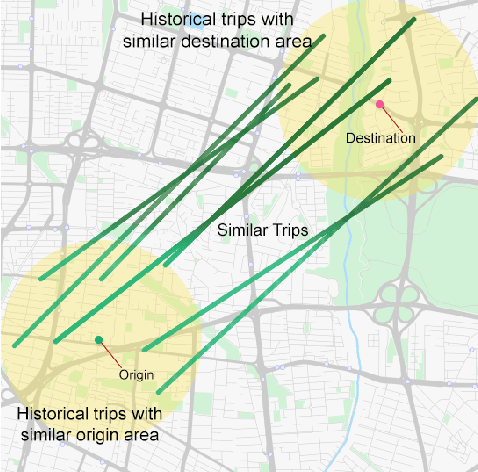

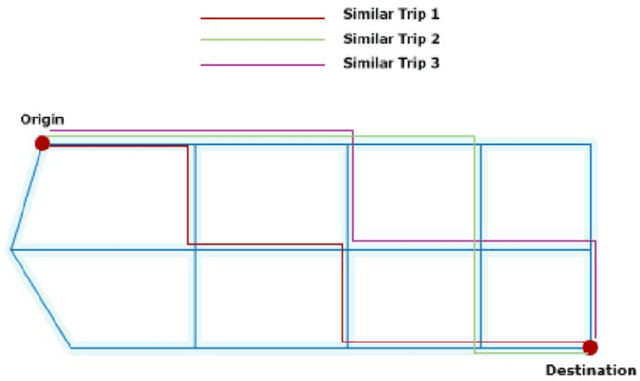
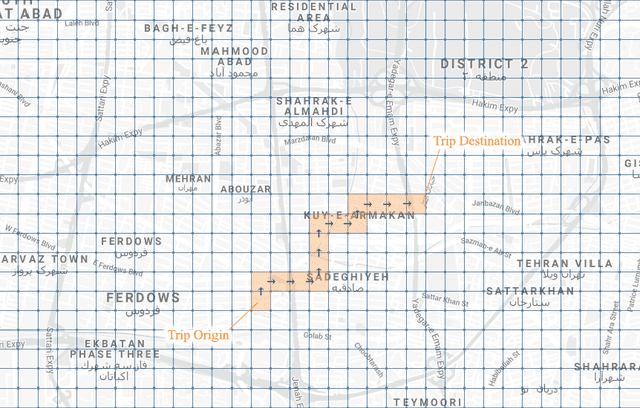
Abstract:Estimating the travel time of any route is of great importance for trip planners, traffic operators, online taxi dispatching and ride-sharing platforms, and navigation provider systems. With the advance of technology, many traveling cars, including online taxi dispatch systems' vehicles are equipped with Global Positioning System (GPS) devices that can report the location of the vehicle every few seconds. This paper uses GPS data and the Matrix Factorization techniques to estimate the travel times on all road segments and time intervals simultaneously. We aggregate GPS data into a matrix, where each cell of the original matrix contains the average vehicle speed for a segment and a specific time interval. One of the problems with this matrix is its high sparsity. We use Alternating Least Squares (ALS) method along with a regularization term to factorize the matrix. Since this approach can solve the sparsity problem that arises from the absence of cars in many road segments in a specific time interval, matrix factorization is suitable for estimating the travel time. Our comprehensive evaluation results using real data provided by one of the largest online taxi dispatching systems in Iran, shows the strength of our proposed method.
Predicting passenger origin-destination in online taxi-hailing systems
Oct 17, 2019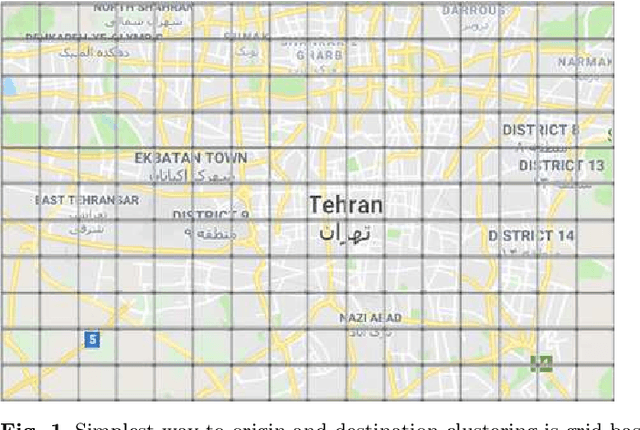

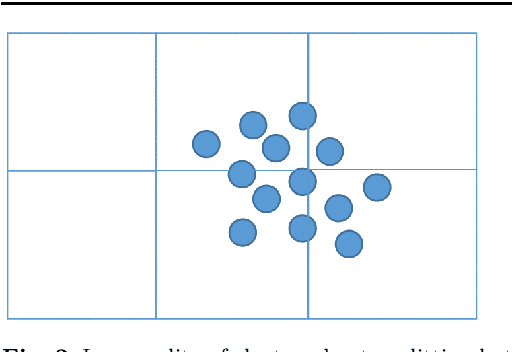

Abstract:Because of transportation planning, traffic management and dispatch optimization importance, the passenger origin-destination prediction has become one of the most important requirements for intelligent transportation systems management. In this paper, we propose a model to predict the origin and destination of travels which will occur in the next specified time window. In order to extract meaningful travel flows we use K-means clustering in four-dimensional space with maximum cluster size limitation for origin and destination. Because of large number of clusters, we use non-negative matrix factorization to decrease the number of travel clusters. We also use a stacked recurrent neural network model to predict travels count in each cluster. Comparing our results with other existing models show that our proposed model has 5-7% lower mean absolute percentage error (MAPE) for 1-hour time window, and 14% lower MAPE for 30-minute time window.
Short-term Demand Forecasting for Online Car-hailing Services using Recurrent Neural Networks
Jan 29, 2019
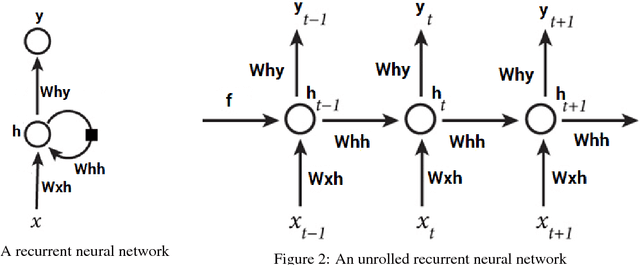

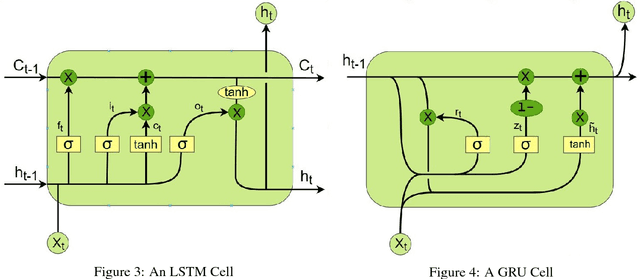
Abstract:Short-term traffic flow prediction is one of the crucial issues in intelligent transportation system, which is an important part of smart cities. Accurate predictions can enable both the drivers and the passengers to make better decisions about their travel route, departure time and travel origin selection, which can be helpful in traffic management. Multiple models and algorithms based on time series prediction and machine learning were applied to this issue and achieved acceptable results. Recently, the availability of sufficient data and computational power, motivates us to improve the prediction accuracy via deep-learning approaches. Recurrent neural networks have become one of the most popular methods for time series forecasting, however, due to the variety of these networks, the question that which type is the most appropriate one for this task remains unsolved. In this paper, we use three kinds of recurrent neural networks including simple RNN units, GRU and LSTM neural network to predict short-term traffic flow. The dataset from TAP30 Corporation is used for building the models and comparing RNNs with several well-known models, such as DEMA, LASSO and XGBoost. The results show that all three types of RNNs outperform the others, however, more simple RNNs such as simple recurrent units and GRU perform work better than LSTM in terms of accuracy and training time.
 Add to Chrome
Add to Chrome Add to Firefox
Add to Firefox Add to Edge
Add to Edge